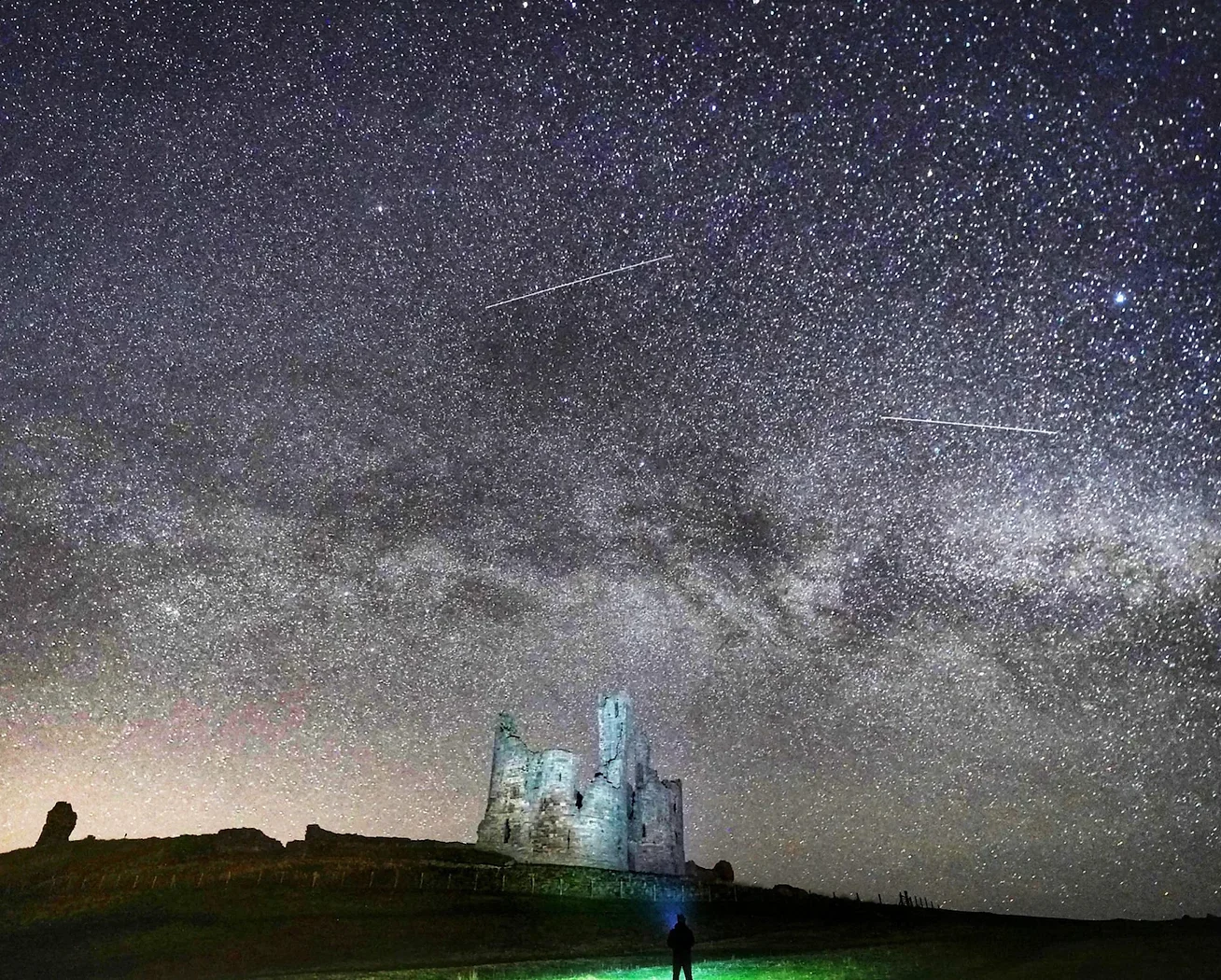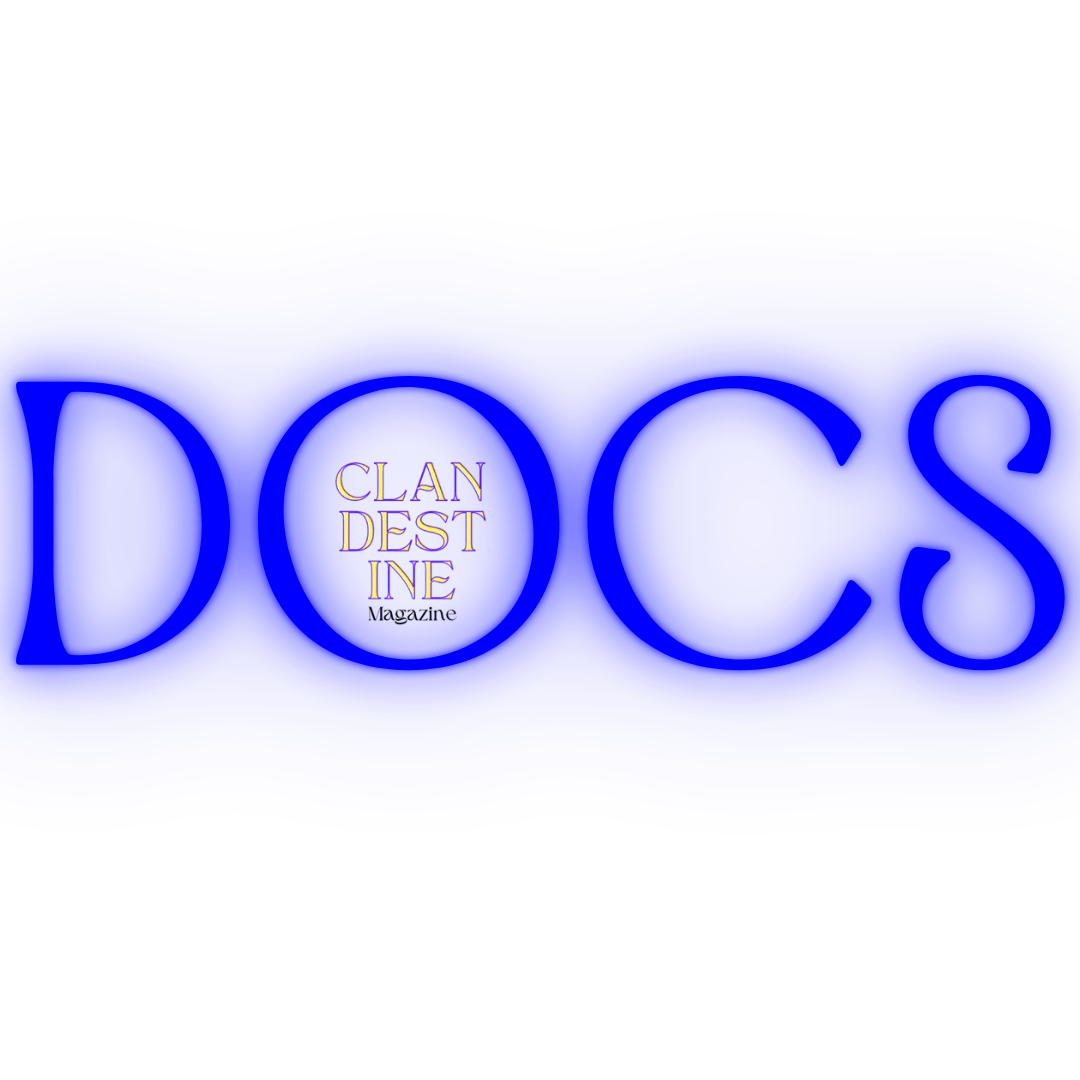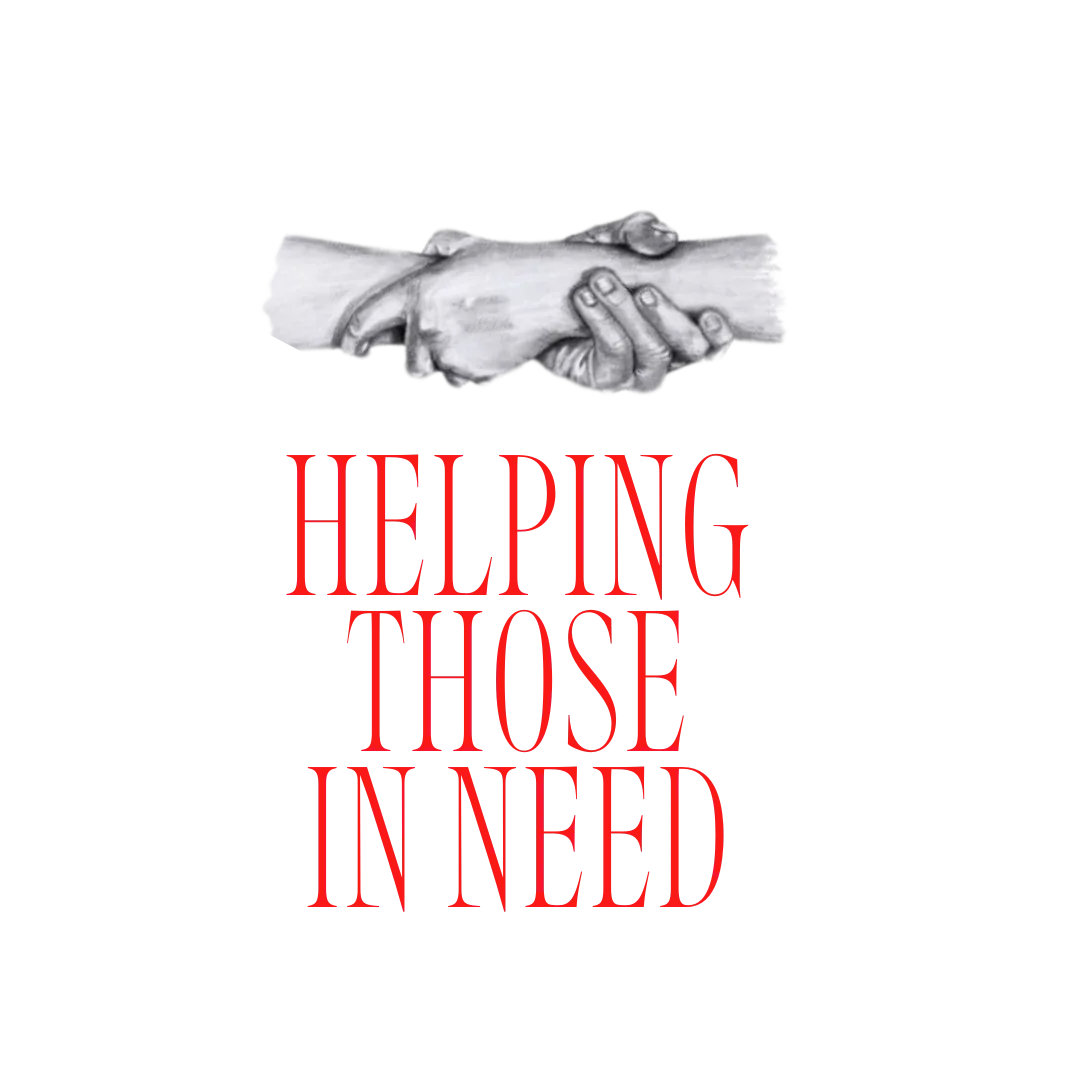What if you never saw the stars again? In fact, you’ve probably never seen a real night sky in your entire life due to the damage that urban areas have on the light. We all find a starry night mesmerising. So why do we all ignore the immense issue that is progressively getting worse: Light pollution.
Picture this: You’re stargazing on a clear night in hopes of catching a good view, an experience that can’t even be caught on your phone, but only witnessed with the human eyes. Instead of a pitch black sky, freckled with shining stars, you’re greeted with a faint glow from the horizon, robbing the sky of its beauty: light pollution. When excessive artificial light interferes with our natural surroundings, our view of stars and celestial objects are obstructed. The primary cause of light pollution are outdoor lights that emit light upwards or sideways. It will scatter throughout the atmosphere and brighten the night sky, thereby diminishing our view of it.

A Global Problem
Before we point fingers solely towards the City of London, let’s spare a moment to ponder the worldwide impact. Light pollution is a global phenomenon, radiantly spreading across continents. Major cities worldwide face the same fate. In fact, Saint Petersburg in Russia is known to be the worst city in the world for light pollution according to the Centre for Biological Diversity (Tucson, Arizona). In 2018, they said that artificial lighting is 8.1 times brighter than the global urban average.
There are many different forms of light pollution. Over-illumination is when lights are mis-used, such as when lights are left on, or even street lamps that aren’t adjusted for daylight savings time. This can cause millions of barrels of oil to be wasted and can immediately impact utility costs in the area, as well as disrupting natural sleep patterns.
Another form of light pollution is a Glare, in which lights are reflected off surrounding surfaces, causing the light to scatter and leading to vision problems. It doesn’t interfere with night vision but makes it difficult to identify and place objects. A cluster of business lights, or streetlights, can create a contrast illumination that interferes with night vision and illumination. It can also be strong enough to throw off the natural nocturnal systems of animals, this is called Light Clutter. There is also a
dome-like glow that goes by the name of Sky glow. The light that escapes from street lamps, signs, homes and businesses goes up to change the quality of light in the atmosphere, then bounces back down to the city.
Finally, you have light trespass. This is more uncommon yet is still a major issue. Not only is this a form of pollution, but it is also a crime in many areas. Light trespass refers to unwanted light entering someone’s property. It could be light from a sign coming into a residential area or any similar circumstances.
What are some real-life causes of light pollution? Unsurprisingly, they’re all human-made. Light pollution occurs due to poor planning of placement by engineers, irresponsible use of excessive lights (such as Christmas lights that are flashing 24/7), over-populated built-up areas, lights from vehicles at night and illuminated advertisements at night.
The effects of light pollution are far-reaching, impacting more than just the density of the stars. It disturbs the way animals and plants perceive daytime and night-time, therefore deranging their natural behaviour. It also poses a huge threat to the nocturnal.
The natural world is set to respond to the sun’s patterns of light. The seasons are a result of the distance of the sun to the Earth, which creates hibernation seasons that natural life recognises from photosensitivity. Formerly dark nights are now just as bright as day thanks to artificial lighting, leading to confusion and disorientation for nocturnal creatures. According to the International Dark
Sky Association, the animals most affected by light pollution are, sea turtles, frogs and toads, birds, butterflies, salmon, bats, owls, mice and fireflies.
Effects on Our Health
High exposure to bright, artificial outdoor lights during the night may result in sleepless nights for older adults. The more light pollution that people are exposed to at night, the more people resort to medication to help them sleep, according to a study published in 2018, Journal of Clinical Sleep Medicine. Light pollution alters our melatonin levels, regulates our circadian rhythm, also known as our body clock. This can result in disturbed sleep, but also negatively impacts our immune system and responses to stress. It has also been suggested that melatonin disruption by way of light pollution is connected to the increased risk of hormone-related cancers, such as breast or prostate cancer, according to the journal ‘Environmental Health Perspectives.’
A sensitivity test indicated a 30–50 percent increased risk of breast cancer in countries with the highest versus lowest LAN (light-at-night) levels. In particular, LAN could be involved in the cause of breast cancer through different mechanistic pathways including DNA damage, impairment of melatonin and oestrogen secretion, inflammation, and disruption of metabolic function. Light pollution is not only detrimental to our ecosystems, but also our own health.
A Ray of Hope
There are a few feasible solutions that can turn the bright sky dark again, although that sounds counteractive.
Light shields: prevent light from spreading to nearby areas and concentrate the light on certain spots.
Warm lights: While cold short-wavelength light impairs night vision and contributes to light pollution, warm light is known to prevent them to a certain degree.
Certified lighting: Lights with IDA guarantee have less of a negative impact on the environment, thereby reducing the light pollution to a minimum.
Motion sensors: This significantly reduces light pollution as lights are only turned on by motion triggers.
Turn off your lights: It’s as simple as that. Contribute to the reduction of light pollution by turning off unnecessary lights that are left on in your household or garden.
Dark Sky Preserves: These are protected areas where lighting is carefully controlled to preserve the natural night environment.
In the UK, the Galloway Forest Park in Scotland, and the Brecon Beacons National Park in Wales, are some of the shining examples of these sanctuaries. Here, one can truly appreciate the star-studded cosmos without an interruptive glare. By responsibly utilising your use of lighting and supporting Dark Sky Preserves, we can reclaim the enchantment of the night sky and keep light pollution at bay. Let there be night and allow the stars to ignite our world below them.





















